Total suspended solids (TSS) meter calibration

Contents
- What are total suspended solids (TSS)?
- Total suspended solids meter ( TSS meter)
- Structure and operating priciple
- Applications
- Why should a TSS meter be calibrated?
- Calibration procedure - TSS meter
TSS meter is a simple and effective way to monitor water quality, provide detailed information about the composition and purity of water, detect any changes or pollutants, support environmental monitoring, and ensure the safety of water sources.
1. What are total suspended solids (TSS)?
TSS stands for Total Suspended Solids, also known as total suspended solids in water. TSS is a mixture of suspended particles in water, they can be inorganic (clay, silt, mud,…); organic (algae, bacteria, plant fibers), or liquid particles that do not mix with water. Suspended solids can cause pollution and affect water quality, human health, and living organisms.

1.2 Effects of TSS on water sources
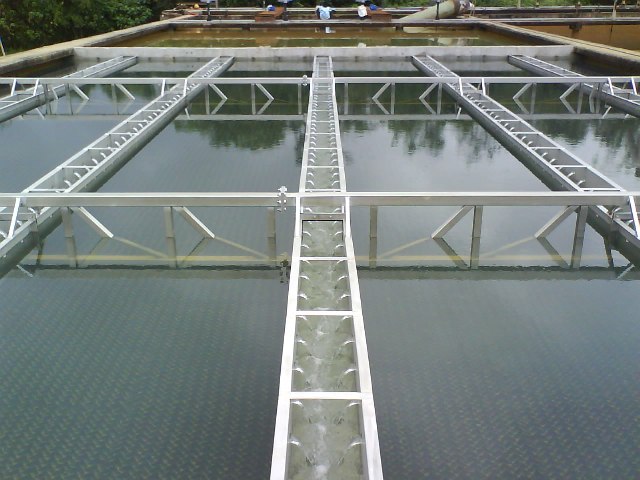
The TSS index has a significant impact on bacteria, aquatic microorganisms, and human life. Specifically:
- It causes water surface and atmospheric pollution due to the decomposition of organic suspended solids in water, creating harmful substances such as H2S, CO2, and CH4.
- If the TSS level is high, it will directly affect the visibility of fish, harm the health of organisms, and reduce their reproductive ability, and their resistance.
- TSS also restricts the development of eggs and larvae, obstructs the photosynthesis process of underwater plants, reduces the amount of oxygen, and leads to the degradation of the aquatic ecosystem.
- It causes pollution in swimming pools, directly affects human health when used, and also causes an unpleasant stench.
1.3 The difference between TSS and turbidity
Turbidity and TSS both relate to suspended particles in water. Turbidity only measures the particles that you can see suspended in the water, not including solids settled at the bottom. On the other hand, TSS (Total Suspended Solids) measures all particles in the water, including those that have settled to the bottom.
TSS measurements are weight measurements to determine the mass of suspended solids in a sample, performed by weighing the solids separated from the solution. Simply put, it involves taking a water sample, removing all solid particles, and then weighing them. This figure tells us how much solid is in that water sample.
2. Total suspender solids meter (TSS meter)
A TSS meter is a device used to measure the total suspended solids in water. TSS meters can reflect changes in size, shape, and concentration of suspended solid particles after interacting with light, causing turbidity.
There are many different types of TSS meters, but some popular devices are:
- Handheld TSS Meter: This is a compact, easy-to-use device that can be applied to wastewater systems and clean water treatment models.
- Benchtop TSS Meter: This is a larger device that needs to be fixed on a table or wall, suitable for use in laboratories

.jpg)
3. Structure and operating principle
A TSS (Total Suspended Solids) meter, used for various purposes, comprises several key components and operates based on the principles of a TSS sensor.
- Optical Sensor: This sensor uses light to measure TSS. It operates by projecting light through the water and quantifying the amount of light scattered or absorbed by the suspended particles. Optical sensors are known for their speed, accuracy, and suitability for real-time monitoring.
- Acoustic Sensor: This sensor employs sound waves to measure TSS. It functions by emitting sound waves into the water and recording the echoes from the suspended particles. Acoustic sensors are particularly useful in scenarios where the water is cloudy or has a high organic content.
- Gravity Sensor: This sensor gauges TSS by filtering the water sample and weighing the residual particles on the filter. While gravity sensors are highly accurate, they necessitate time-consuming laboratory analysis and are not apt for real-time monitoring.
Some additional components of a TSS meter are:
- Filter: removes any suspended solids from the water sample before it enters the meter.
- Light Source: provides the light required for the optical sensor to function.
- Detector: measures the intensity of light that is scattered or absorbed by the particles.
- Display Screen: displays the turbidity value in units such as NTU (Nephelometric Turbidity Units) or mg/L (milligrams per liter).
4. Applications
The TSS meter is applied in many fields:
- Water treatment
- Water quality monitoring
- Industrial process monitoring
- Environmental monitoring
4. Why should a TSS meter be calibrated?
Despite their importance, TSS meters face challenges such as aging, fouling (accumulation of material on the sensor surface), drift, and sensitivity to temperature and salinity changes. Therefore, calibrating the TSS meter is very important not only to ensure that the device operates stably, and provides accurate results but also to determine whether parts, lights, sensors,… have errors or not so that the device can operate in the best state.
The frequency of calibration depends on many factors, but generally, the TSS meter should be calibrated at least once a year or more frequently to maintain the accuracy and reliability of the measurement results.
5. Calibration procedure - TSS mete
- Standard TSS solution mg/L
- Standard solution for zero point
- Other: Thermo-hygrometer; Distilled water, cleaning paper, glassware, etc.
The temperature and humidity at the calibration site ensure the following conditions:
Temperature: (25 ± 5) ºC.
Humidity: (40 ÷ 80) %RH.
- The UUT and standard instruments need to be placed in a standard environment for at least 1 hour to stabilize the temperature.
- Prepare a standard solution for zero point with ultra-pure water with the technical specifications mentioned above.
- Prepare at least 03 standard solutions with uniform concentration distribution over the measuring range of the UUT
- The standard solution is put into a dark bottle and shaken well continuously to avoid solid particles settling at the bottom.
- Before performing calibration, the UUT probe needs to be cleaned with an appropriate solvent depending on the material of manufacture, following the instructions of the manufacturer in the technical document and then rinsed again with deionized water.
UUT probe must be operated according to the manufacturer's instructions and must be turned on steadily before measuring for at least 30 minutes.
- The UUT must have a label with parameters such as serial number, product number, manufacturer, maximum measurement range, division,.....
- The UUT must have all the necessary parts and accessories.
- The UUT's indicator must be clear and read accurately.
- Start the UUT, and during the start of the UUT, it must operate normally.
- For UUT with a self-adjusting function, it must perform this function. The function should operate normally.
- For UUT without a self-adjusting function, it is mandatory to have a sealed structure to prevent the adjustment of the UUT accuracy.
- Measurement inspection is performed by comparing the direct measurement results of the standard solution using the UUT and the certified value of that standard solution.
- Perform calibration according to the UTT's instructions (if any).
- Check for error and repeatability
- Check for drift
After calibration, a TTS meter is labeled and issued a calibration certificate along with the calibration results.
Recommended calibration cycle: 01 year
To consult and request for quote on our TSS meter calibration services, please kindly contact us via the following information:
LABORATORY: DONG TAM MEASUREMENT AND TECHNICAL TRADING SERVICE CO., LTD
ADDRESS : No.57-59 Street 11, Binh Hung Residential Area, Binh Hung Commune, Binh Chanh District, Ho Chi Minh City
TEL: 028 375 83 869 - Hotline: 0909 347 891 (Mr. Lâm)
Email: info@dongtam-mes.vn
Relative post | Xem tất cả
- Stopwatches calibration
- ORP meter calibration
- Hydrometer calibration
- Analytical and Technical balance calibration
- Analytical and Technical balance verification
- Spring dial scales verification
- Spring dial scales calibration
- Bench weight scale verification
- Bench weight scales calibration
- Platform scales verification
- Platform scales calibration
- Chlorine meter calibration













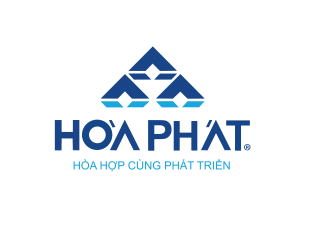





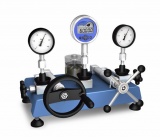
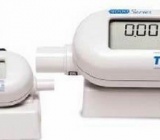
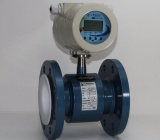

 Legal
Legal  Call: 0283.7583869
Call: 0283.7583869  Search for Certificate
Search for Certificate  Contact
Contact